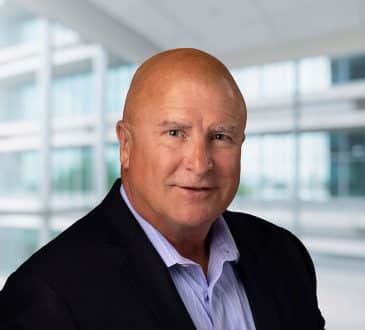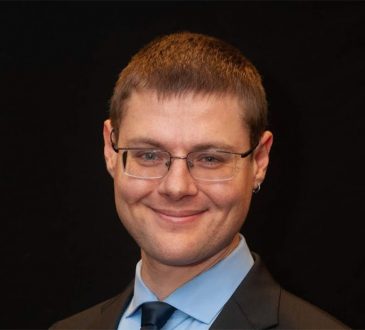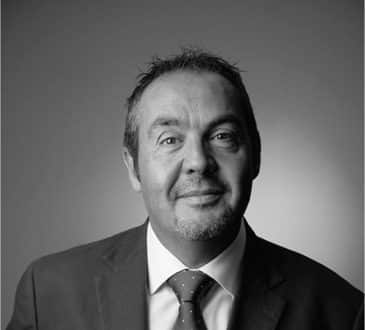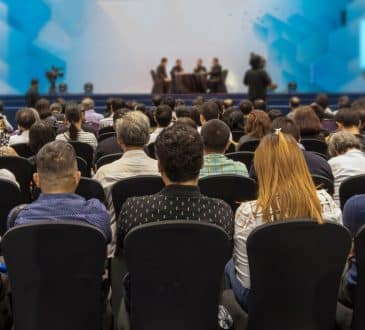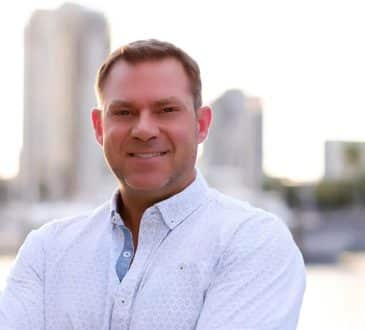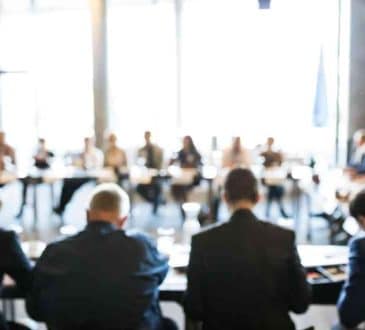How Micro Communities Make a Major Difference in People’s Lives

As leaders of organizations committed to making meaningful differences in people’s lives — Cigna, a global health service company with more than 45,000 employees and 95 million customer relationships around the world, and Achilles International, a nonprofit that enables people with all types of disabilities to participate in mainstream running events—we’ve witnessed the power that passionate, close-knit groups of like-minded people can have in helping everyday individuals achieve extraordinary goals.
We call these small groups micro-communities. They can be organized and planned to help individuals over the long term, or they can be spontaneous gatherings responding to a moment in time. They can help people achieve physical goals, career quests, intellectual pursuits, artistic dreams, or any number of other accomplishments.
Each micro-community is unique because the people involved are unique. What micro-communities share, however, is their ability to empower others to confront their fears, set new goals, and forge paths they may not have pursued alone.
Our experience with micro-communities and the passion we share for inspiring and supporting them has been a driving force in our lives. We’ve been lucky not only to be able to contribute to a variety of micro-communities as individuals but to develop a long-term partnership between our organizations, which has motivated micro communities around the world.
You can harness the power of micro-communities for your organization by following our six-step recipe. This organized, step-by-step process will help you form, implement, and sustain micro-communities that can help those around you achieve things they never even thought possible.
To start:
- Define the Vision. The process for setting clear objectives and taking steps to achieve them begins with establishing the vision: a true north point of direction that guides everyone on the journey.
- Create a Strategy. Having a clear strategy defines how we are going to achieve our vision. Built into the strategy is a plan of action—the hard work and sense of purpose to get there.
- Attract the Right Resources. We rely on our people, research and development teams, and other resources to help us build an infrastructure to get programs off the ground and sustain them over the long term.
- Execute to Achieve the Plan. Once we define our aspirations and create a strategy, the ultimate difference between success and failure is our ability to execute and achieve the plan.
- Overcome Obstacles. No matter how foolproof our recipe may be, we should always anticipate obstacles, setbacks, and a few stumbles along the way. Be prepared to adjust accordingly.
- Expand and Grow. Just as recipes evolve when they are passed down through generations or modified with healthier ingredients, our basic recipe allows us to make improvements and expand the vision with new opportunities across more micro-communities.
This recipe can both inspire micro-communities and provide guardrails as they move ahead. But micro-communities are best illustrated through the stories of people who have benefitted from them. In our book, The Courage to Go Forward, we’ve profiled remarkable individuals who have overcome devastating physical and mental trauma by not going at it alone.
Among many other stories, we included those of Tom Davis, whose left leg was amputated above the knee when a roadside bomb destroyed his Humvee while he was serving in Iraq in 2006; Trisha Meili, known as “ the Central Park Jogger,” who experienced traumatic brain injury and severe physical and cognitive dysfunction after a horrific attack in 1989 while running in New York’s Central Park; and Cedric King, who experienced major internal injuries, permanent loss to part of his right arm and hand and the amputation of both legs in Afghanistan when a detonated improvised explosive device (IED) tore through his body in 2012.
With the support of their micro-communities, which were uniquely configured and committed to helping these individuals meet their goals, Tom has won four Boston Marathon handcycling titles (the most recent in 2018); Trisha ran the 1995 New York Marathon and in 2003 established the annual Hope & Possibility Race through Central Park, which today attracts over 6,000 runners; and Cedric competed in the 2014 half-Ironman in Augusta, Georgia, and completed two Walt Disney World Marathons and the Boston Marathon, using prosthetic blades. Each of these individuals—all heroes—exemplify the power that micro-communities have in changing people’s lives.
The six steps we’ve outlined here benefit everyone involved—the individual receiving the help, of course, and those in the micro-community who are helping. It’s a powerful, communal experience, one not soon forgotten, and one that, like the results of any well-tested recipe, can be replicated time and again.
Have you read?
# World’s Best Colleges And Universities For Engineering And Technology, 2018.
# World’s Best Universities For Sports Science In 2018 .
# Best Universities To Study Architecture And Interior Design In America, 2018.
# Best Universities In The Arab World For 2018.
# Top Non-U.S. Business Schools For Executive MBA In 2018 .
# World’s Best Business Schools With The Most Employable Graduates For 2018.
Bring the best of the CEOWORLD magazine's global journalism to audiences in the United States and around the world. - Add CEOWORLD magazine to your Google News feed.
Follow CEOWORLD magazine headlines on: Google News, LinkedIn, Twitter, and Facebook.
Copyright 2025 The CEOWORLD magazine. All rights reserved. This material (and any extract from it) must not be copied, redistributed or placed on any website, without CEOWORLD magazine' prior written consent. For media queries, please contact: info@ceoworld.biz





